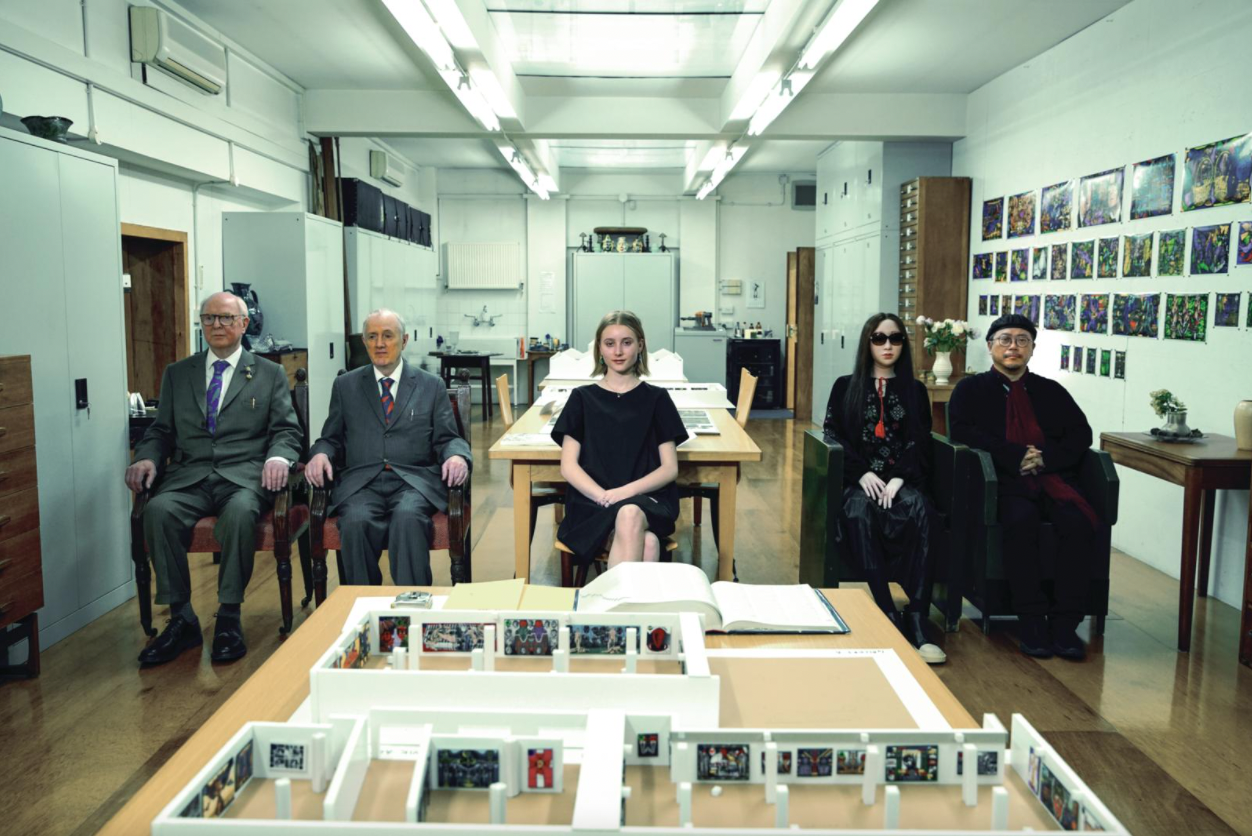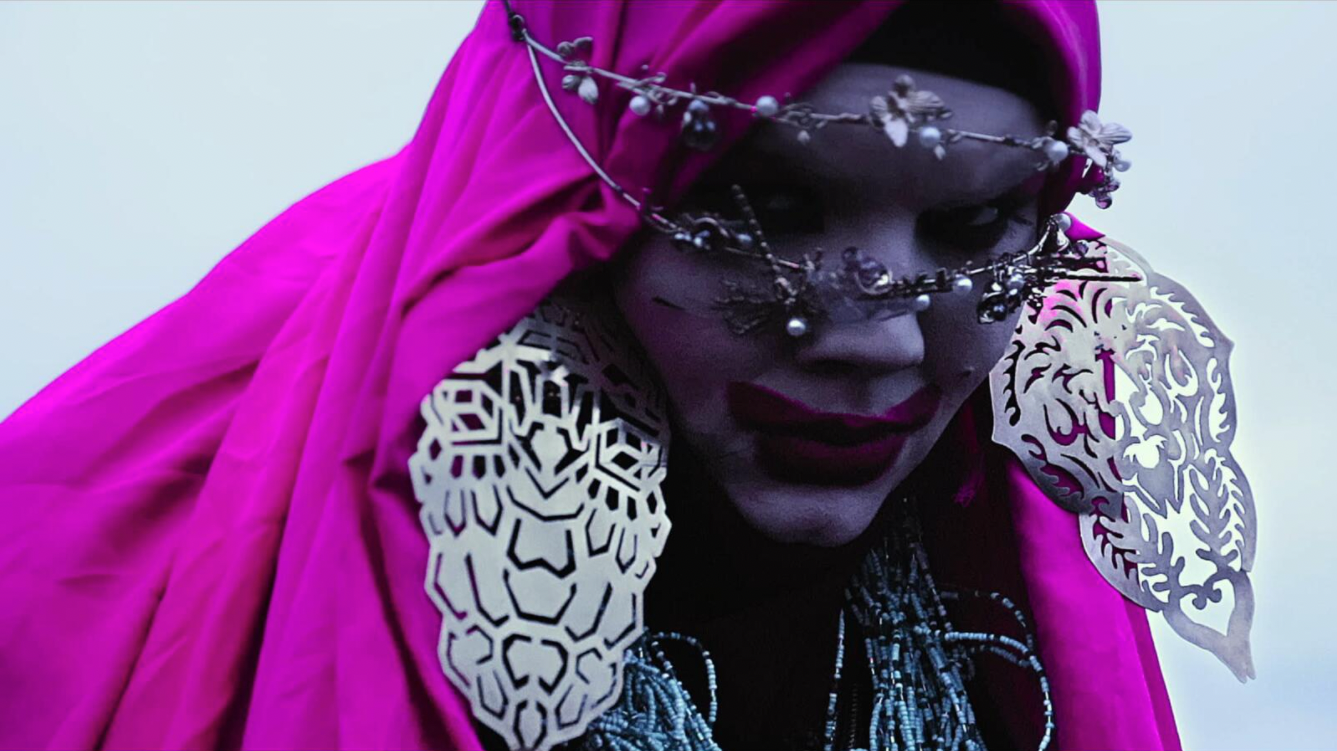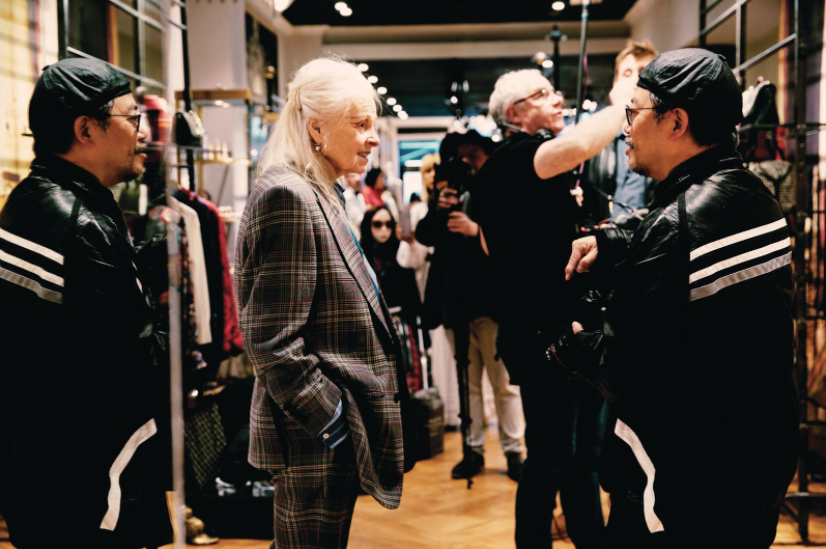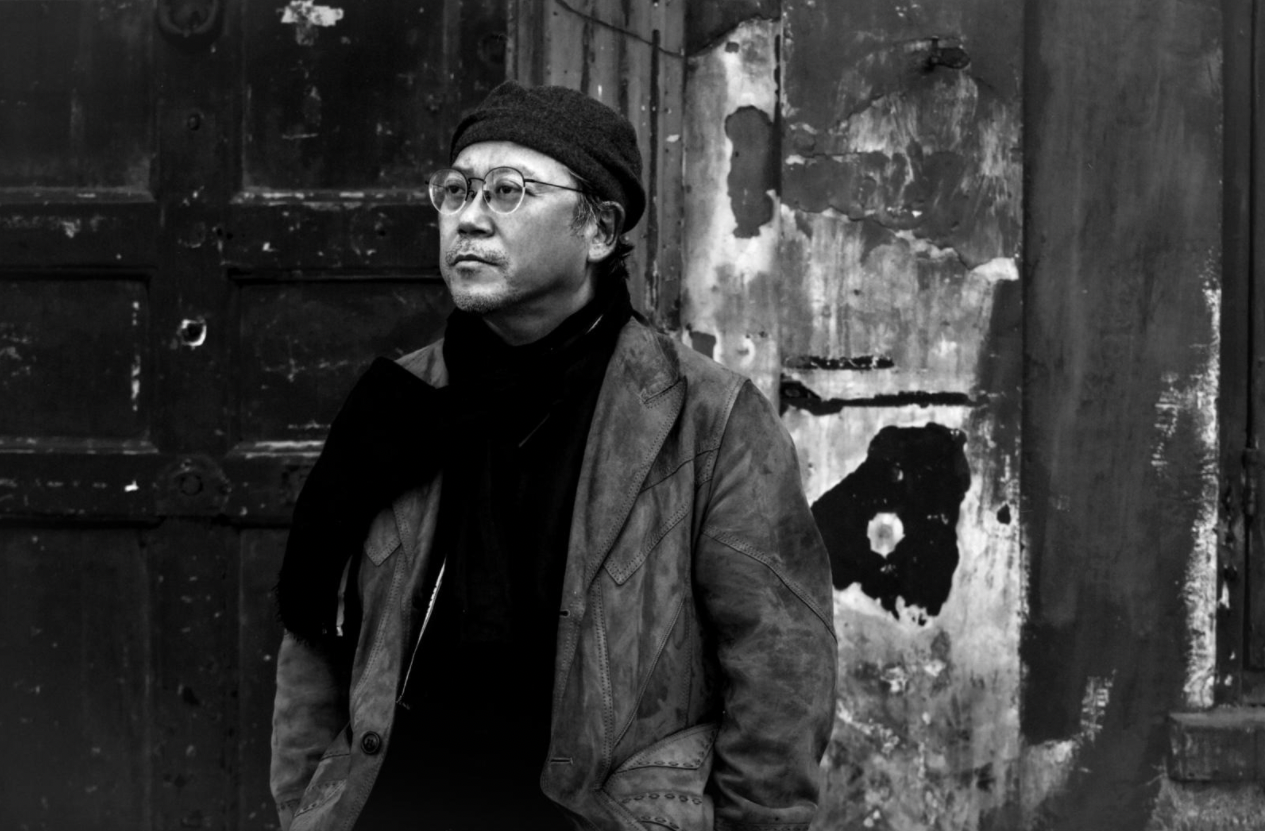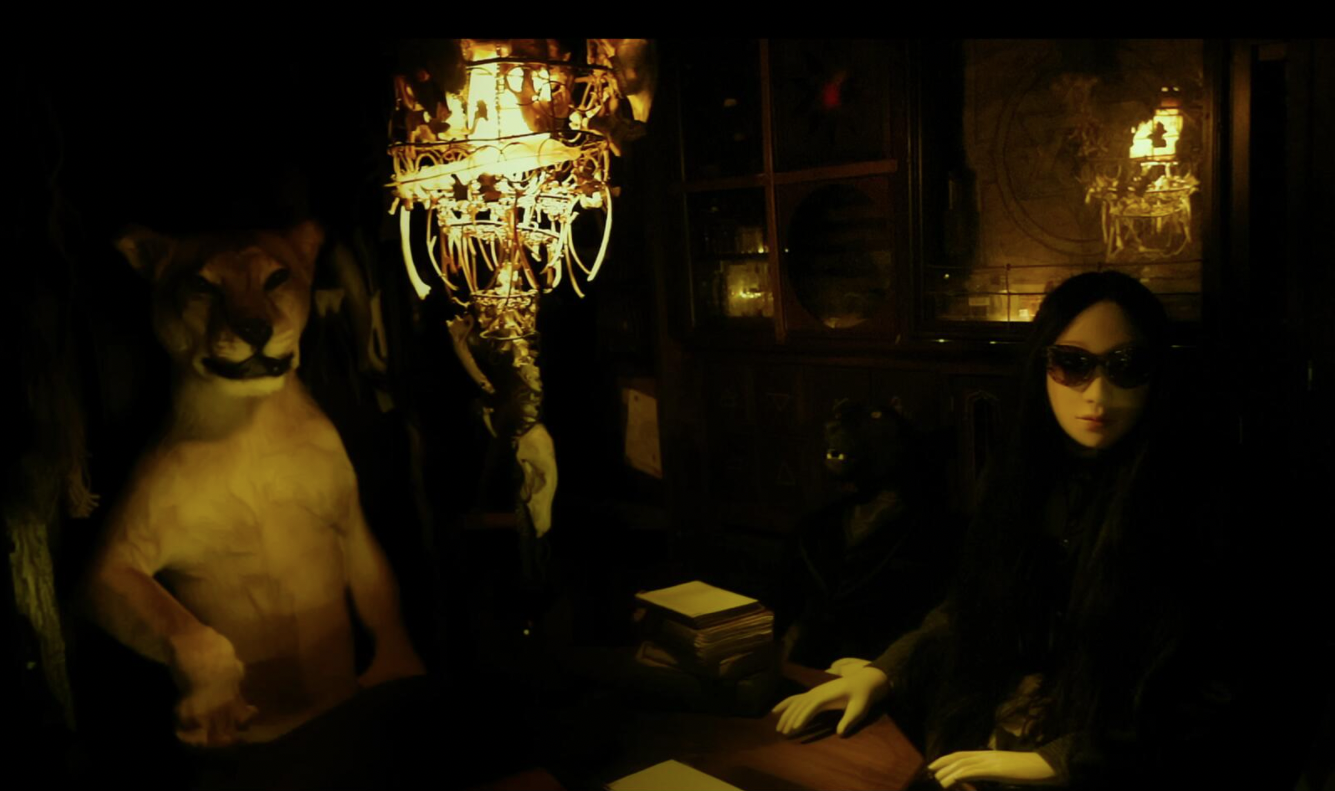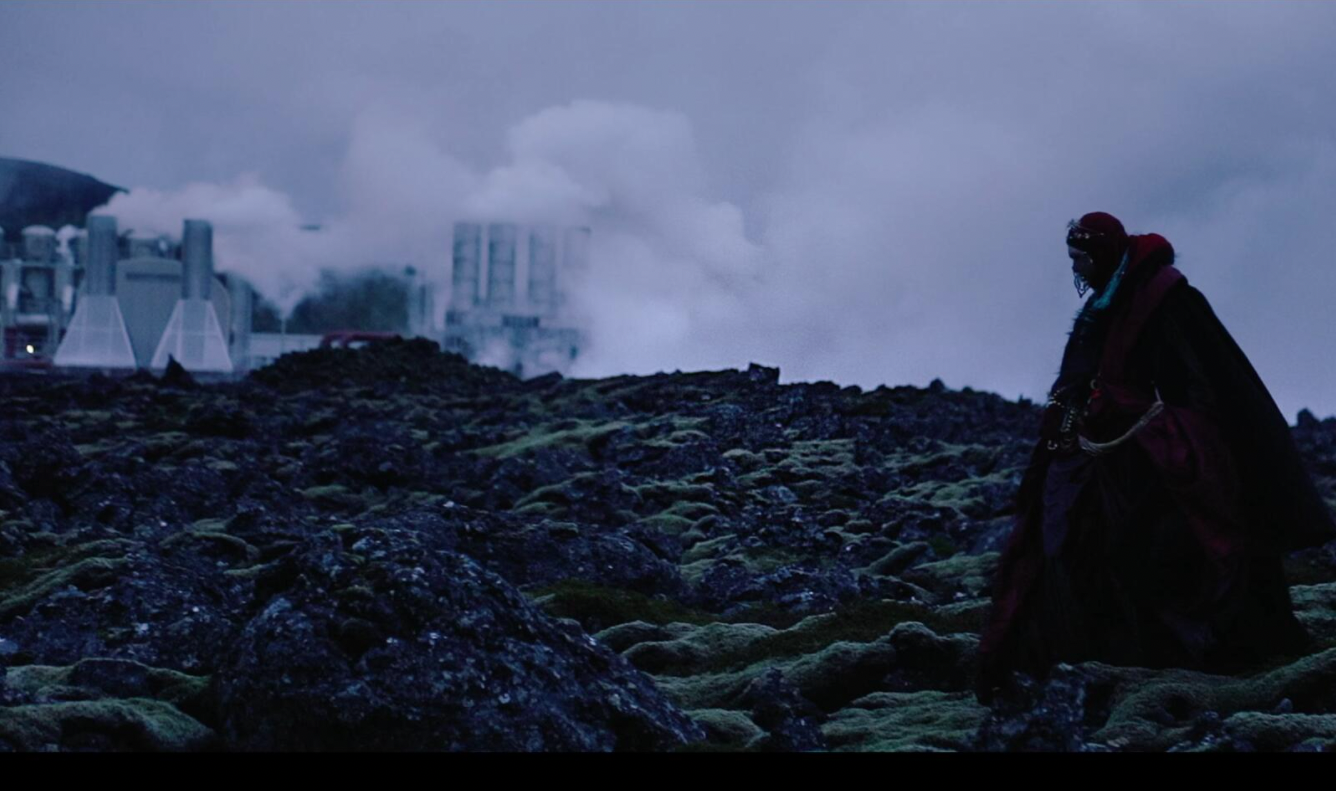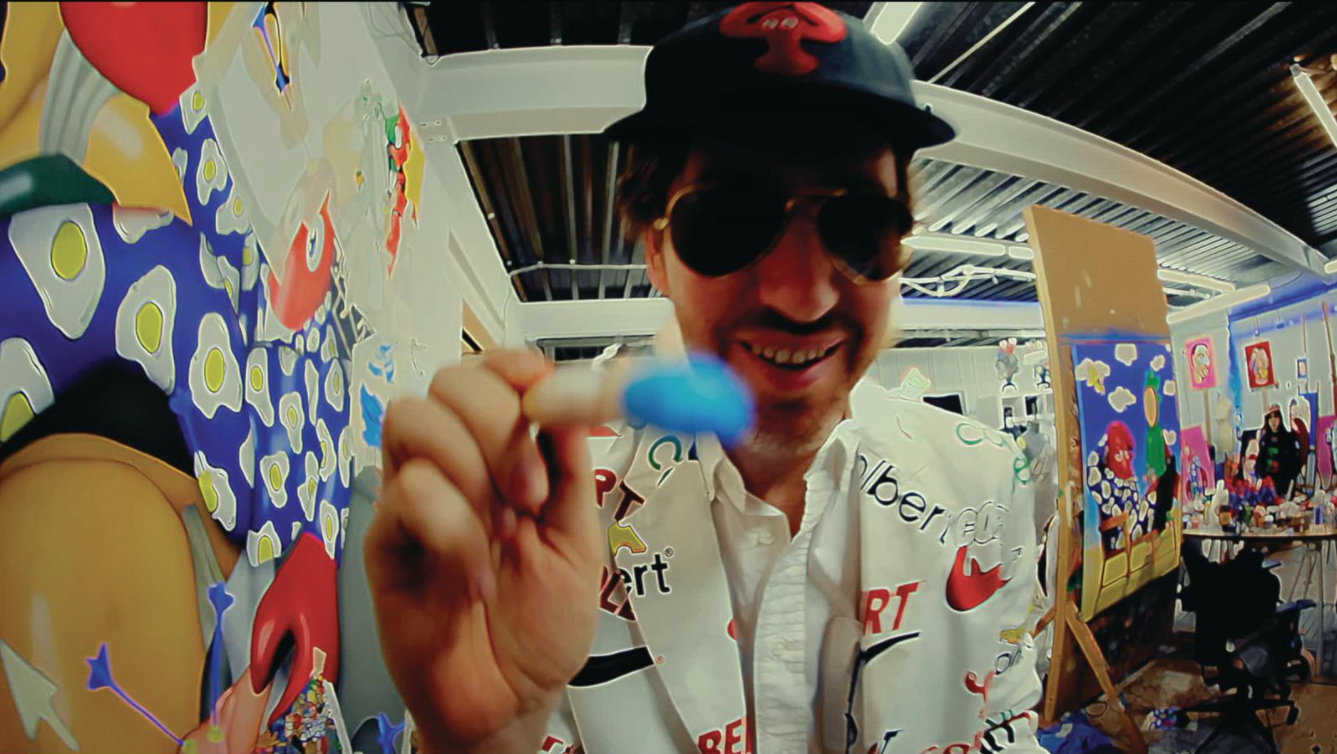The Oscar-winning Hong Kong art director's part-fictional film, part-documentary is a love letter to his creative vision and east London’s cultural icons, including queen of punk Vivienne Westwood, artist Daniel Lismore and pop artist Philip Colbert
The somewhat bizarre crowd at the premiere of Hong Kong art director Tim Yip’s Love Infinity on March 24 almost stole the limelight from his new film. In a grand hall at the London’s National Gallery grand hall full of richly coloured Monets and Northern Renaissance art, a London-based artist who goes by the name of Pandemonia walked around in her latex blond latex blonde wig, face and pink V-neck dress; fashion blogger Diane Pernet, in her black gown and with a shroud attached to her dark, voluptuous voluminous hair, lurked like a shadow; performance artist Daniel Lismore’s chain mail armour, draped over his peach pink robe, rattled beneath his golden headpiece.
“They wouldn’t look so strange if they were characters from the paintings, which are full of people in fascinating clothes in their respective eras,” says Yip with a laugh over a video call with Tatler a month later. These eccentrically dressed “characters” with their very strong, very individual personalities have one thing in common: they are all part of Yip’s two films When the Sun Goes Quiet and Memorandum for the Next Golden Age, collectively known as Love Infinity, documenting east London’s history and cultural icons.
Don't miss: What to Expect from Oscar-Winning Hong Kong Art Director Tim Yip’s ‘Love Infinity’
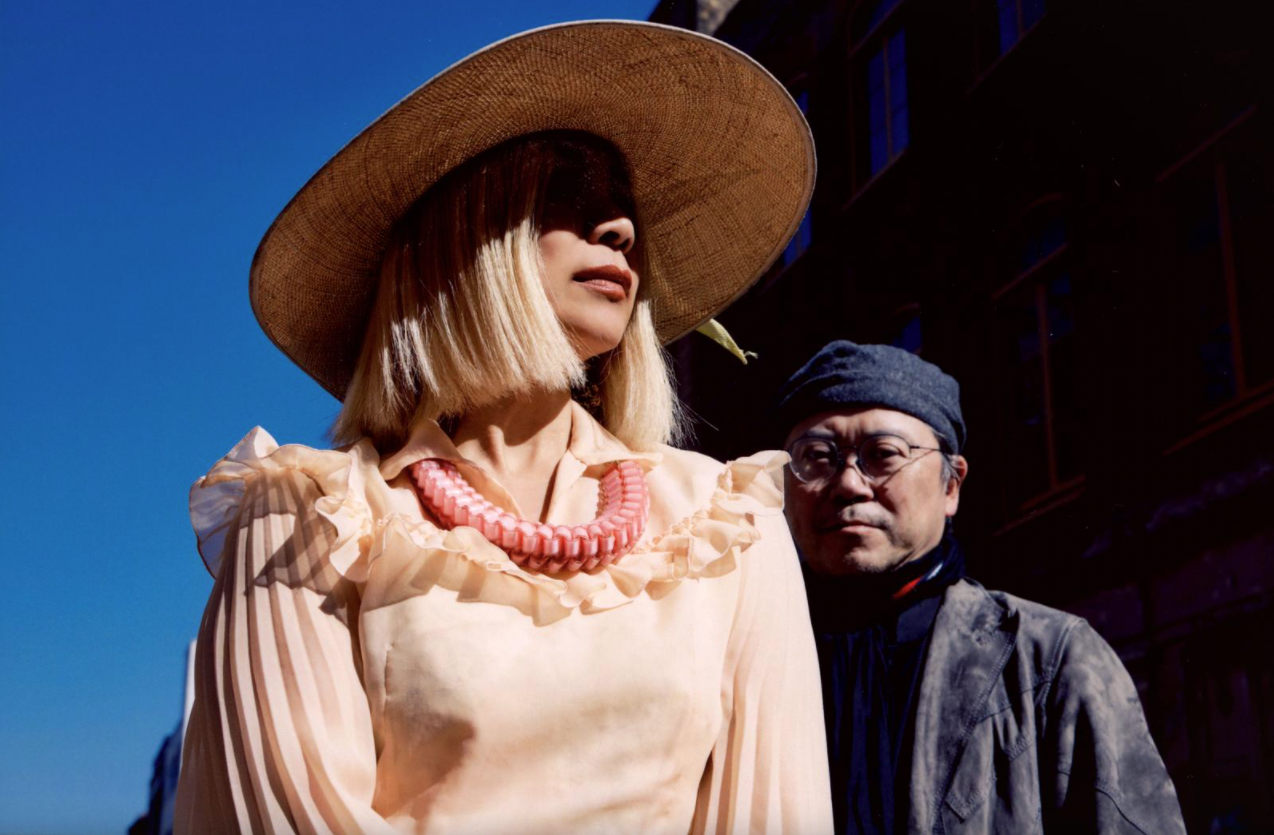
Two years in the making, Love Infinity was released on streaming platform Mubi in March and has been screened in a number of cities including London and Beijing. A plan to screen it at SoHo House in Hong Kong was cancelled due to the pandemic.
After a pre-credits scene of an underwear-clad woman crawling around on the grass, Memorandum for the Next Golden Age, described as a semi-documentary, opens on Lili, a life-sized sculpture that Yip brought with him on his travels, driving around east London in a van. Lili journeys with Yip and his team to pubs, streets, underground bars, fashion houses and museums where they meet historians, artists, fashion designers and young people to retrace and discover the roots of trends and subcultures, social phenomena and issues that have shaped east London into what it is today: from King James I, who promoted individualism, to the rise of the hippies in the 1960s and punks in the 1970s, to a new generation of Londoners questioning capitalism and pondering posthumanism.
In case you missed: Meet the Hong Kong Jazz Musicians on the Rise to Stardom
